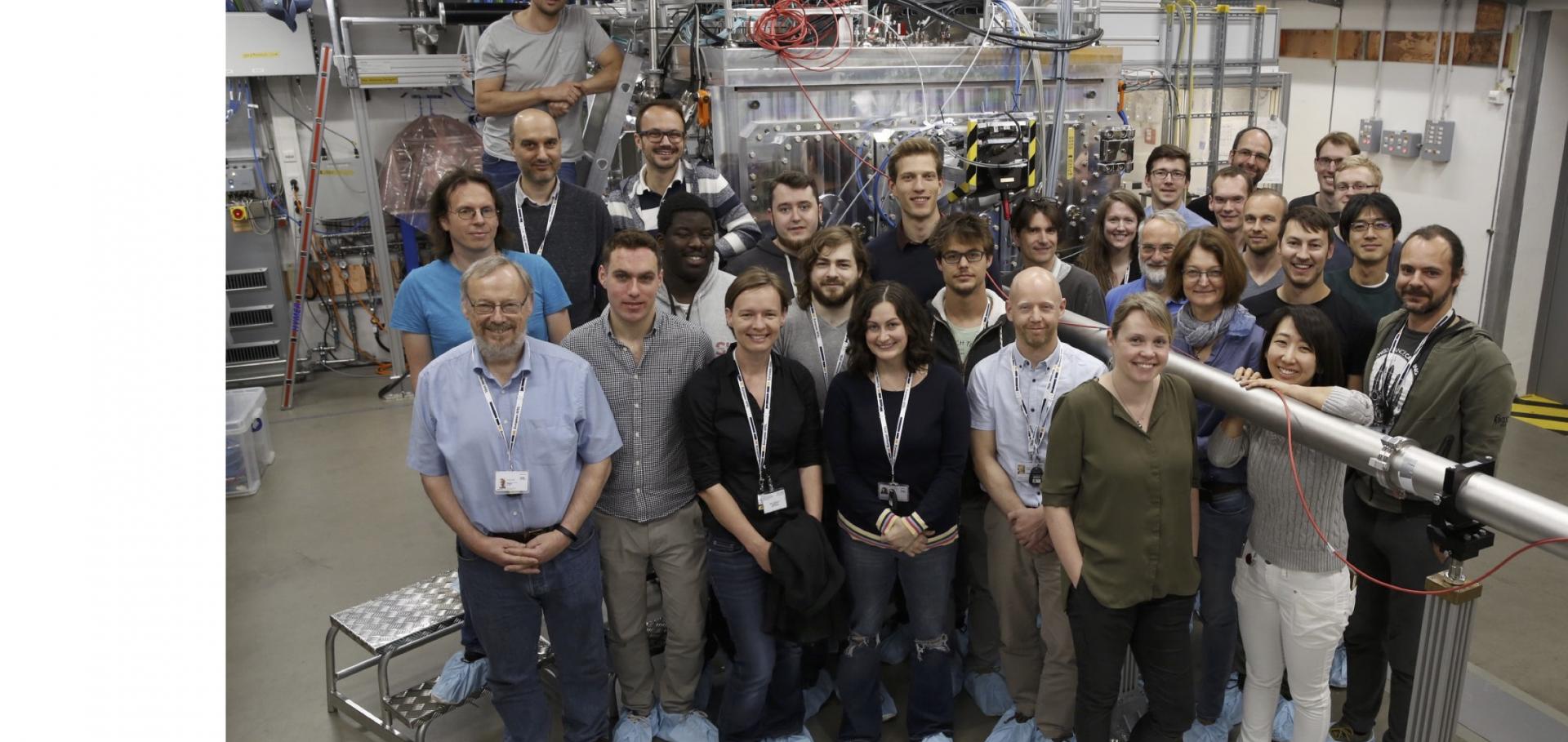A fluid-kinetic model for the two plasmon decay instability
PHYSICS OF PLASMAS 8:10 (2001) 4357-4366
A versatile matrix-based solution for the two plasmon decay instability
PHYSICS OF PLASMAS 8:3 (2001) 704-712
Femtosecond X-ray diffraction: Experiments and limits
P SOC PHOTO-OPT INS 4143 (2001) 26-37
Abstract:
Although the realisation of femtosecond X-ray free electron laser (FEL) X-ray pulses is still some time away, X-ray diffraction experiments within the sub-picosecond domain are already being performed using both synchrotron and laser-plasma based X-ray sources. Within this paper we summarise the current status of some of these experiments which, to date, have mainly concentrated on observing non-thermal melt and coherent phonons in laser-irradiated semiconductors. Furthermore, with the advent of FEL sources, X-ray pulse lengths may soon be sufficiently short that the finite response time of monochromators may themselves place fundamental limits on achievable temporal resolution. A brief review of time-dependent X-ray diffraction relevant to such effects is presented.Further simulations of the gain in a K XIX/Cl XVII resonantly photopumped X-ray laser
JOURNAL OF QUANTITATIVE SPECTROSCOPY & RADIATIVE TRANSFER 70:1 (2001) 11-24
Laser-based high pressure, high strain-rate solid-state experiments.
ABSTRACTS OF PAPERS OF THE AMERICAN CHEMICAL SOCIETY 222 (2001) U10-U10


